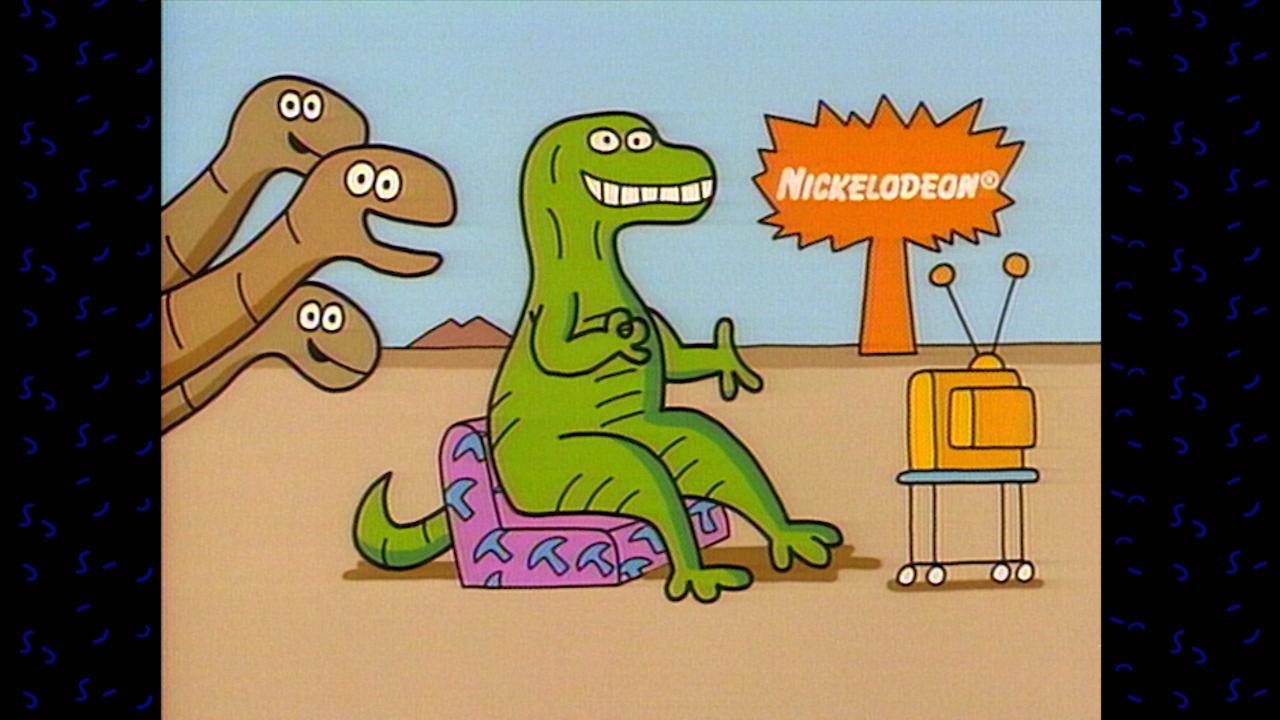Your Favorite 90s Toys are Making a Comeback
It’s the holiday season and that means one thing: shopping. This year more than 154 million consumers shopped during Thanksgiving weekend alone, according to the National Retail Federation.
But what are people buying? Well, it seems like the toy industry is experiencing nostalgia.
“We often see resurrection of nostalgic toys, keeping in mind that today’s kids, you know it’s new to them, and parents and other millennials are gift buyers so people love to buy toys that they played with when they were a kid,” Adrienne Appell, strategic communications director for the Toy Industry Association, Inc., said.
It makes sense considering millennials (ages 18 – 34) are driving the current rise in shopping. Eight in ten people of this age group shopped over the Black Friday weekend, according to the National Retail Federation.
The pattern of parents purchasing toys they loved when they were young is a cycle that repeats itself with each generation.
“The trend toward romanticizing what we grew up with and not wanting to let it go…and our own sense of nostalgia is a driver of many properties over time,” Marty Brochstein, senior vice president of industry relations and information for the International Licensing Industry Merchandisers Association (LIMA), said. “Boomers do it, millennials will do it, everybody in the continuum will do it and it’s a great connector between generations.”
Nickelodeon is one brand that has capitalized on this resurgence of 90s products over the past year, launching The Splat, a day part of programming dedicated to its 90s hit TV shows such as Hey Arnold, and Rugrats.
“There's a huge resurgence going on right now, because the consumer that grew up on Nickelodeon are now parents,” Pam Kaufman, chief marketing officer and president of consumer products at Nickelodeon, said. “They still love Nickelodeon, and they want to share it with their families, and they want to share it themselves — they’re not ready to give it up. So, I think the millennials are really the core group to why we're so successful right now.”
Licensing is a strong component of the success of nostalgic toys as well, representing “approximately 30% of the toy industry sales,” said Appell.
“Anytime there’s storytelling attached to product, whether it’s online, web-episodes, a movie or a television show, books, any type of entertainment really helps to round out the play experience.”
Besides the fact that more millennials are becoming parents, when it comes to business, nostalgic toys are a safe and attractive option.
“For retailers and for potential licensees, it’s a much safer way to do business, because you’re dealing with the known — something that has a track record, as opposed to original IP,” said Brochstein. “It can be very tough to get support from retailers and licensees for original stories because, 18 months or two years ahead of time, which is when you’re selling your potential partners on this, you have to first educate them as to what this is.”
The toy industry expects growth of 6.5% in 2016, according to NDP, a market research group. And, nostalgic toys are “definitely” a big part of sales this year, said Appell.




















